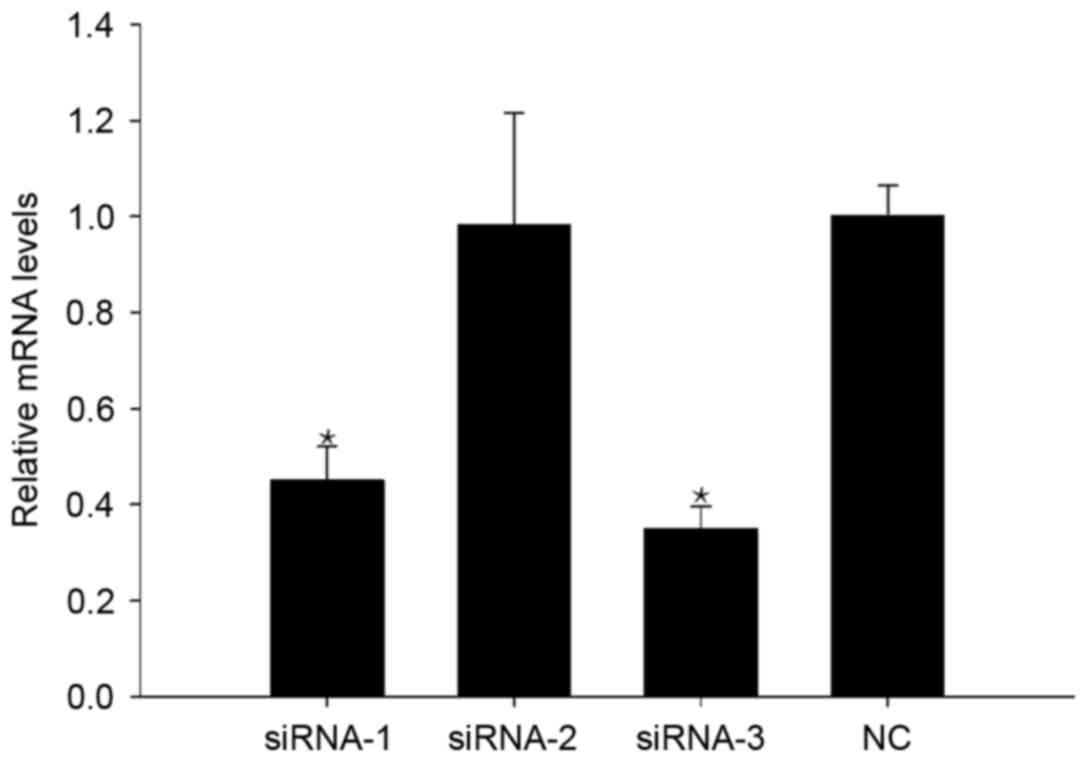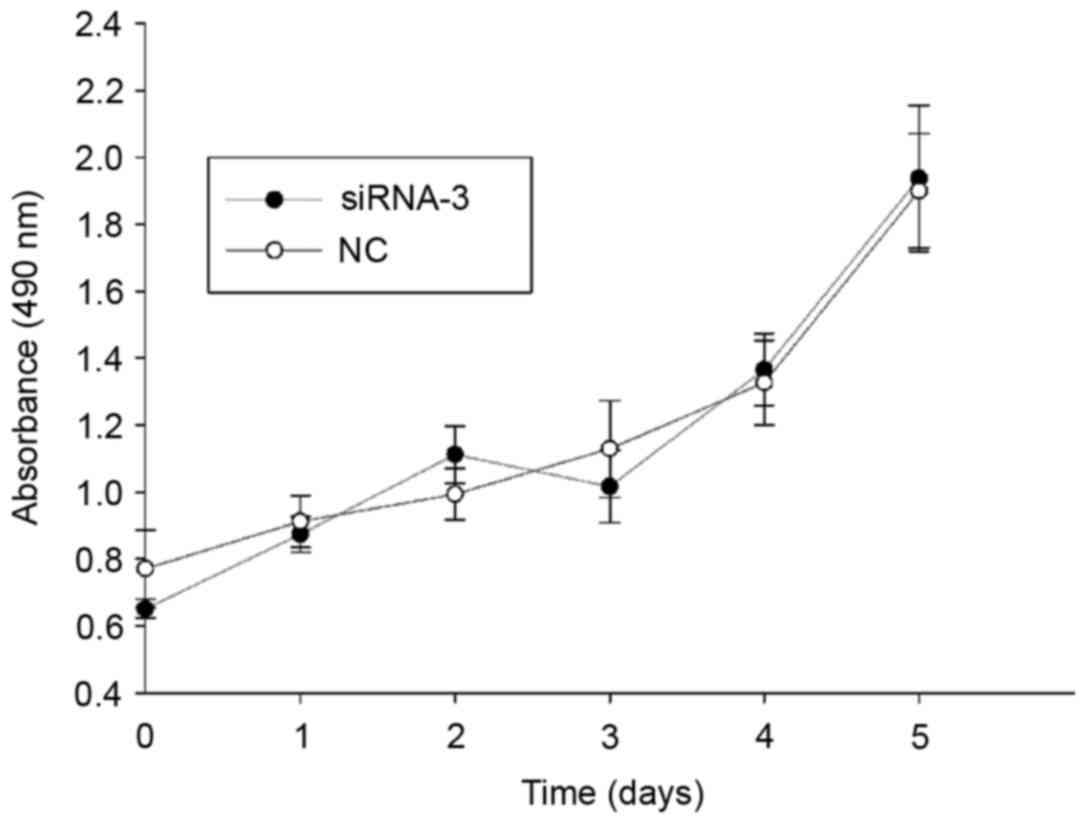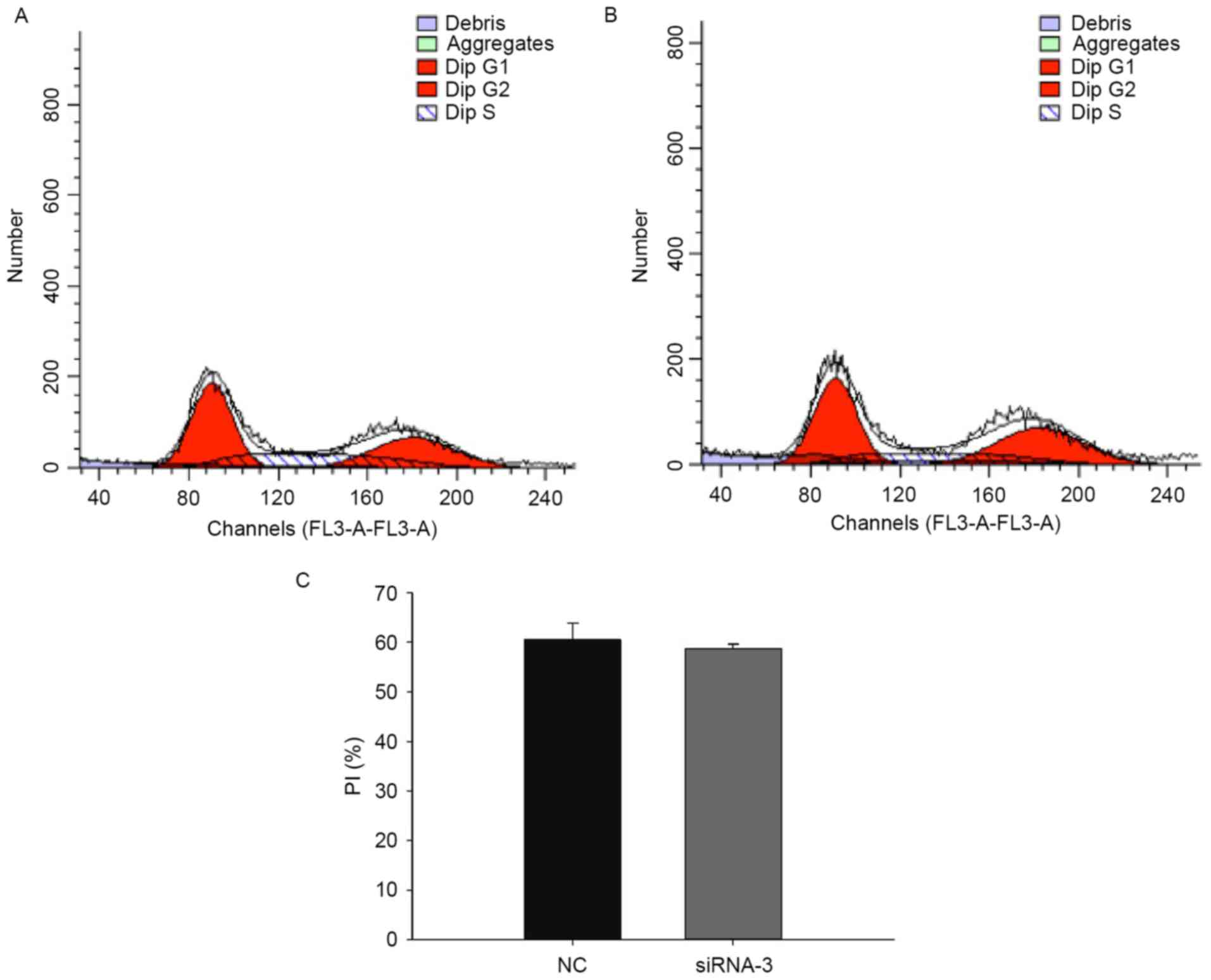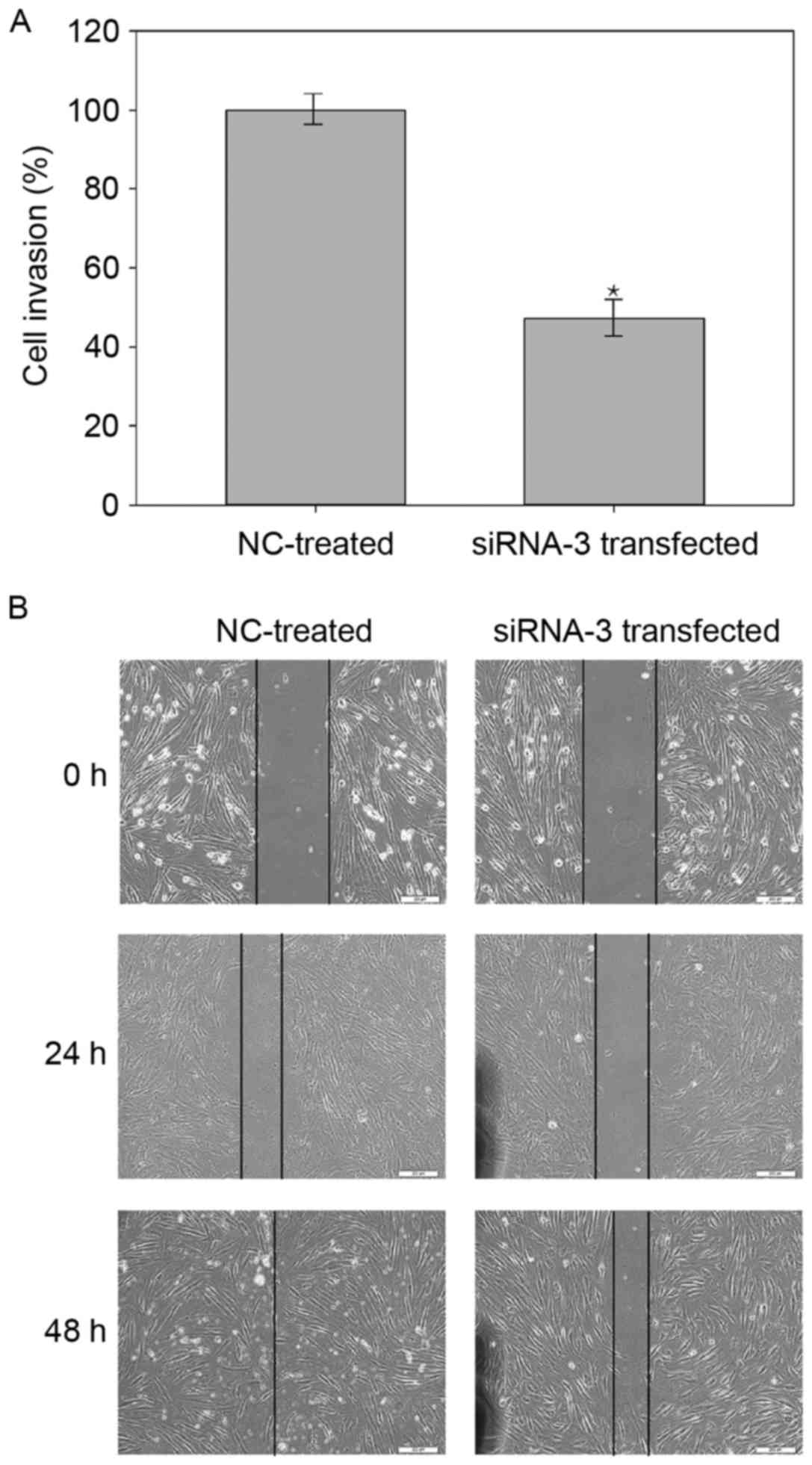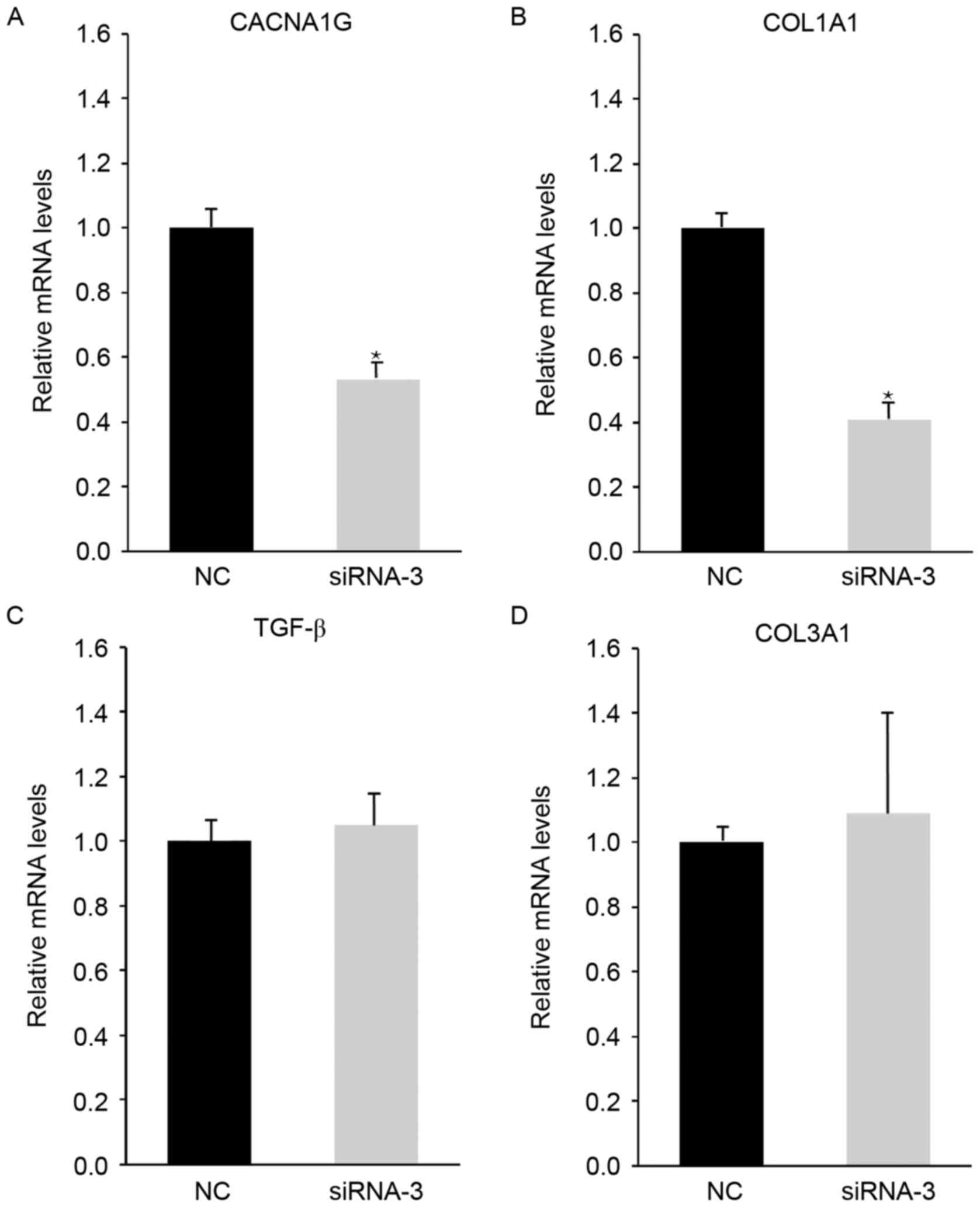|
1
|
Robles DT and Berg D: Abnormal wound
healing: Keloids. Clin Dermatol. 25:26–32. 2007. View Article : Google Scholar : PubMed/NCBI
|
|
2
|
Sun LM, Wang KH and Lee YC: Keloid
incidence in Asian people and its comorbidity with other
fibrosis-related diseases: A nationwide population-based study.
Arch Dermatol Res. 306:803–808. 2014. View Article : Google Scholar : PubMed/NCBI
|
|
3
|
Huang C, Murphy GF, Akaishi S and Ogawa R:
Keloids and hypertrophic scars: Update and future directions. Plast
Reconstr Surg Glob Open. 1:e252013. View Article : Google Scholar : PubMed/NCBI
|
|
4
|
Bock O, Schmid-Ott G, Malewski P and
Mrowietz U: Quality of life of patients with keloid and
hypertrophic scarring. Arch Dermatol Res. 297:433–438. 2006.
View Article : Google Scholar : PubMed/NCBI
|
|
5
|
Ud-Din S, Volk SW and Bayat A:
Regenerative healing, scar-free healing and scar formation across
the species: Current concepts and future perspectives. Exp
Dermatol. 23:615–619. 2014. View Article : Google Scholar : PubMed/NCBI
|
|
6
|
Lee JY, Yang CC, Chao SC and Wong TW:
Histopathological differential diagnosis of keloid and hypertrophic
scar. Am J Dermatopathol. 26:379–384. 2004. View Article : Google Scholar : PubMed/NCBI
|
|
7
|
Huang C, Akaishi S, Hyakusoku H and Ogawa
R: Are keloid and hypertrophic scar different forms of the same
disorder? A fibroproliferative skin disorder hypothesis based on
keloid findings. Int Wound J. 11:517–522. 2014. View Article : Google Scholar : PubMed/NCBI
|
|
8
|
Mofikoya BO, Adeyemo WL and Abdus-salam
AA: Keloid and hypertrophic scars: A review of recent developments
in pathogenesis and management. Nig Q J Hosp Med. 17:134–139.
2007.PubMed/NCBI
|
|
9
|
Ogawa R, Okai K, Tokumura F, Mori K,
Ohmori Y, Huang C, Hyakusoku H and Akaishi S: The relationship
between skin stretching/contraction and pathologic scarring: The
important role of mechanical forces in keloid generation. Wound
Repair Regen. 20:149–157. 2012. View Article : Google Scholar : PubMed/NCBI
|
|
10
|
Naylor MC and Brissett AE: Current
concepts in the etiology and treatment of keloids. Facial Plast
Surg. 28:504–512. 2012. View Article : Google Scholar : PubMed/NCBI
|
|
11
|
Jin Z: Increased c-Met phosphorylation is
related to keloid pathogenesis: Implications for the biological
behaviour of keloid fibroblasts. Pathology. 46:25–31. 2014.
View Article : Google Scholar : PubMed/NCBI
|
|
12
|
Ogawa R, Akaishi S, Huang C, Dohi T, Aoki
M, Omori Y, Koike S, Kobe K, Akimoto M and Hyakusoku H: Clinical
applications of basic research that shows reducing skin tension
could prevent and treat abnormal scarring: The importance of
fascial/subcutaneous tensile reduction sutures and flap surgery for
keloid and hypertrophic scar reconstruction. J Nippon Med Sch.
78:68–76. 2011. View Article : Google Scholar : PubMed/NCBI
|
|
13
|
Akaishi S, Akimoto M, Ogawa R and
Hyakusoku H: The relationship between keloid growth pattern and
stretching tension: Visual analysis using the finite element
method. Ann Plast Surg. 60:445–451. 2008. View Article : Google Scholar : PubMed/NCBI
|
|
14
|
Nakashima M, Chung S, Takahashi A,
Kamatani N, Kawaguchi T, Tsunoda T, Hosono N, Kubo M, Nakamura Y
and Zembutsu H: A genome-wide association study identifies four
susceptibility loci for keloid in the Japanese population. Nat
Genet. 42:768–771. 2010. View
Article : Google Scholar : PubMed/NCBI
|
|
15
|
Arima J, Huang C, Rosner B, Akaishi S and
Ogawa R: Hypertension: A systemic key to understanding local keloid
severity. Wound Repair Regen. 23:213–221. 2015. View Article : Google Scholar : PubMed/NCBI
|
|
16
|
Park TH and Chang CH: Keloid recurrence in
pregnancy. Aesthetic Plast Surg. 36:1271–1272. 2012. View Article : Google Scholar : PubMed/NCBI
|
|
17
|
Fong EP and Bay BH: Keloids-the sebum
hypothesis revisited. Med Hypotheses. 58:264–269. 2002. View Article : Google Scholar : PubMed/NCBI
|
|
18
|
Ichioka S, Ando T, Shibata M, Sekiya N and
Nakatsuka T: Oxygen consumption of keloids and hypertrophic scars.
Ann Plast Surg. 60:194–197. 2008. View Article : Google Scholar : PubMed/NCBI
|
|
19
|
Liang X, Ma L, Long X and Wang X: LncRNA
expression profiles and validation in keloid and normal skin
tissue. Int J Oncol. 47:1829–1838. 2015. View Article : Google Scholar : PubMed/NCBI
|
|
20
|
Russell SB, Russell JD, Trupin KM, Gayden
AE, Opalenik SR, Nanney LB, Broquist AH, Raju L and WIlliams SM:
Epigenetically altered wound healing in keloid fibroblasts. J
Invest Dermatol. 130:24892010. View Article : Google Scholar : PubMed/NCBI
|
|
21
|
Livak KJ and Schmittgen TD: Analysis of
relative gene expression data using real-time quantitative PCR and
the 2(-Delta Delta C(T)) method. Methods. 25:402–408. 2001.
View Article : Google Scholar : PubMed/NCBI
|
|
22
|
Gibb EA, Brown CJ and Lam WL: The
functional role of long non-coding RNA in human carcinomas. Mol
Cancer. 10:382011. View Article : Google Scholar : PubMed/NCBI
|
|
23
|
Vance KW and Ponting CP: Transcriptional
regulatory functions of nuclear long noncoding RNAs. Trends Genet.
30:348–355. 2014. View Article : Google Scholar : PubMed/NCBI
|
|
24
|
Kung JT, Colognori D and Lee JT: Long
noncoding RNAs: Past, present, and future. Genetics. 193:651–669.
2013. View Article : Google Scholar : PubMed/NCBI
|
|
25
|
Prensner JR and Chinnaiyan AM: The
emergence of lncRNAs in cancer biology. Cancer Discov. 1:391–407.
2011. View Article : Google Scholar : PubMed/NCBI
|
|
26
|
Khaitan D, Dinger ME, Mazar J, Crawford J,
Smith MA, Mattick JS and Perera RJ: The melanoma-upregulated long
noncoding RNA SPRY4-IT1 modulates apoptosis and invasion. Cancer
Res. 71:3852–3862. 2011. View Article : Google Scholar : PubMed/NCBI
|
|
27
|
Tang L, Zhang W, Su B and Yu B: Long
noncoding RNA HOTAIR is associated with motility, invasion, and
metastatic potential of metastatic melanoma. Biomed Res Int.
2013:2510982013. View Article : Google Scholar : PubMed/NCBI
|
|
28
|
He Y, Wu YT, Huang C, Meng XM, Ma TT, Wu
BM, Xu FY, Zhang L, Lv XW and Li J: Inhibitory effects of long
noncoding RNA MEG3 on hepatic stellate cells activation and liver
fibrogenesis. Biochim Biophys Acta. 1842:2204–2215. 2014.
View Article : Google Scholar : PubMed/NCBI
|
|
29
|
Zhuang J, Lu Q, Shen B, Huang X, Shen L,
Zheng X, Huang R, Yan J and Guo H: TGFβ1 secreted by
cancer-associated fibroblasts induces epithelial-mesenchymal
transition of bladder cancer cells through lncRNA-ZEB2NAT. Sci Rep.
5:119242015. View Article : Google Scholar : PubMed/NCBI
|
|
30
|
Fukunaga K: Cognitive function and
calcium. Cognitive improvement through T type calcium channel
stimulation. Clin Calcium. 25:247–254. 2015.(In Japanese).
PubMed/NCBI
|
|
31
|
Yuan SX, Tao QF, Wang J, Yang F, Liu L,
Wang LL, Zhang J, Yang Y, Liu H, Wang F, et al: Antisense long
non-coding RNA PCNA-AS1 promotes tumor growth by regulating
proliferating cell nuclear antigen in hepatocellular carcinoma.
Cancer Lett. 349:87–94. 2014. View Article : Google Scholar : PubMed/NCBI
|
|
32
|
D'Andrea F, Brongo S, Ferraro G and Baroni
A: Prevention and treatment of keloids with intralesional
verapamil. Dermatology. 204:60–62. 2002. View Article : Google Scholar : PubMed/NCBI
|
|
33
|
Wang R, Mao Y, Zhang Z, Li Z, Chen J and
Cen Y: Role of verapamil in preventing and treating hypertrophic
scars and keloids. Int Wound J. 13:461–468. 2016. View Article : Google Scholar : PubMed/NCBI
|
|
34
|
Alexandrescu D, Fabi S, Yeh LC,
Fitzpatrick RE and Goldman MP: Comparative results in treatment of
keloids with intralesional 5-FU/Kenalog, 5-FU/Verapamil, Enalapril
Alone, verapamil alone, and laser: A case report and review of the
literature. J Drugs Dermatol. 15:1442–1447. 2016.PubMed/NCBI
|
|
35
|
Grossman E and Messerli FH: Calcium
antagonists. Prog Cardiovasc Dis. 47:34–57. 2004. View Article : Google Scholar : PubMed/NCBI
|
|
36
|
Lee RC, Doong H and Jellema AF: The
response of burn scars to intralesional verapamil. Report of five
cases. Arch Surg. 129:107–111. 1994. View Article : Google Scholar : PubMed/NCBI
|
|
37
|
Doong H, Dissanayake S, Gowrishankar TR,
LaBarbera MC and Lee RC: The 1996 Lindberg Award. Calcium
antagonists alter cell shape and induce procollagenase synthesis in
keloid and normal human dermal fibroblasts. J Burn Care Rehabil.
17:497–514. 1996. View Article : Google Scholar : PubMed/NCBI
|
|
38
|
Lee RC and Ping JA: Calcium antagonists
retard extracellular matrix production in connective tissue
equivalent. J Surg Res. 49:463–466. 1990. View Article : Google Scholar : PubMed/NCBI
|
|
39
|
Giugliano G, Pasquali D, Notaro A, Brongo
S, Nicoletti G, D'Andrea F, Bellastella A and Sinisi AA: Verapamil
inhibits interleukin-6 and vascular endothelial growth factor
production in primary cultures of keloid fibroblasts. Br J Plast
Surg. 56:804–809. 2003. View Article : Google Scholar : PubMed/NCBI
|
|
40
|
Xu SJ, Teng JY, Xie J, Shen MQ and Chen
DM: Comparison of the mechanisms of intralesional steroid,
interferon or verapamil injection in the treatment of proliferative
scars. Zhonghua Zheng Xing Wai Ke Za Zhi. 25:37–40. 2009.(In
Chinese). PubMed/NCBI
|















